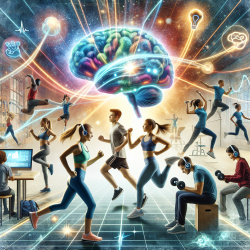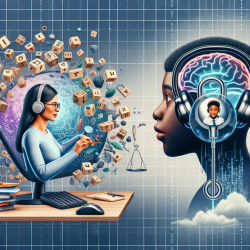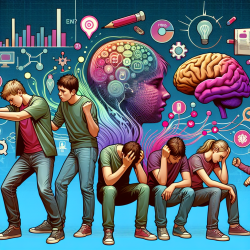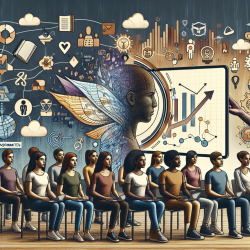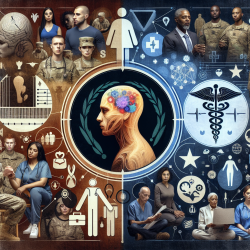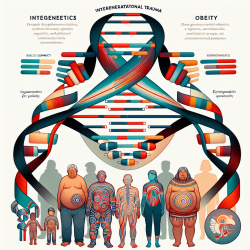Empowering Young Minds: Unlocking Potential through Exercise Cognition
As practitioners in the field of speech-language pathology and online therapy services, we understand the importance of fostering holistic development in children. Recent research has illuminated the pivotal role of exercise cognition in shaping exercise behaviors among adolescents. This understanding opens a new avenue for us to enhance the outcomes of our therapy sessions by integrating exercise cognition into our practices.
The Research at a Glance
The study titled "The Impact of Exercise Cognition on Exercise Behaviors: The Mediating Role of the Satisfaction of Basic Psychological Needs in Exercise for Adolescents" investigates how adolescents' understanding of exercise influences their physical activity levels. The research, involving 996 adolescents, highlights two critical findings:
- Adolescents' perceptions of exercise significantly impact their exercise behavior.
- Satisfaction of basic psychological needs in exercise serves as a mediator between exercise cognition and behavior.
These findings suggest that enhancing adolescents' exercise cognition and fulfilling their psychological needs can lead to improved exercise behaviors, which are essential for their physical and mental well-being.
Practical Implications for Practitioners
As practitioners, we can leverage these insights to create more effective therapy sessions and interventions. Here are some actionable strategies:
1. Educate and Empower
Integrate education about the benefits of exercise into therapy sessions. Help children understand how physical activity can enhance their cognitive abilities, emotional health, and overall well-being. Use data-driven insights to illustrate these benefits, making the information relatable and engaging for young minds.
2. Foster Autonomy and Competence
Encourage children to set personal exercise goals and celebrate their achievements. This approach not only boosts their motivation but also fulfills their psychological needs for autonomy and competence, as highlighted in the study.
3. Create a Supportive Environment
Collaborate with schools and families to create an environment that supports regular physical activity. This could involve organizing group activities, providing resources for home exercises, or integrating physical activities into school curricula.
Encouraging Further Research
While the study provides valuable insights, it also opens up opportunities for further research. Exploring the cultural influences on exercise cognition and behavior, as well as the role of gender differences, could enrich our understanding and enhance our ability to tailor interventions effectively.
As practitioners, we should advocate for and participate in research that seeks to deepen our understanding of these dynamics. By doing so, we can continue to innovate and improve our approaches to therapy, ultimately leading to better outcomes for the children we serve.
Conclusion
The integration of exercise cognition into therapy practices offers a promising pathway to enhance the physical and mental well-being of adolescents. By focusing on education, empowerment, and creating supportive environments, we can help children develop positive exercise habits that will benefit them throughout their lives.
To read the original research paper, please follow this link: The Impact of Exercise Cognition on Exercise Behaviors: The Mediating Role of the Satisfaction of Basic Psychological Needs in Exercise for Adolescents.
